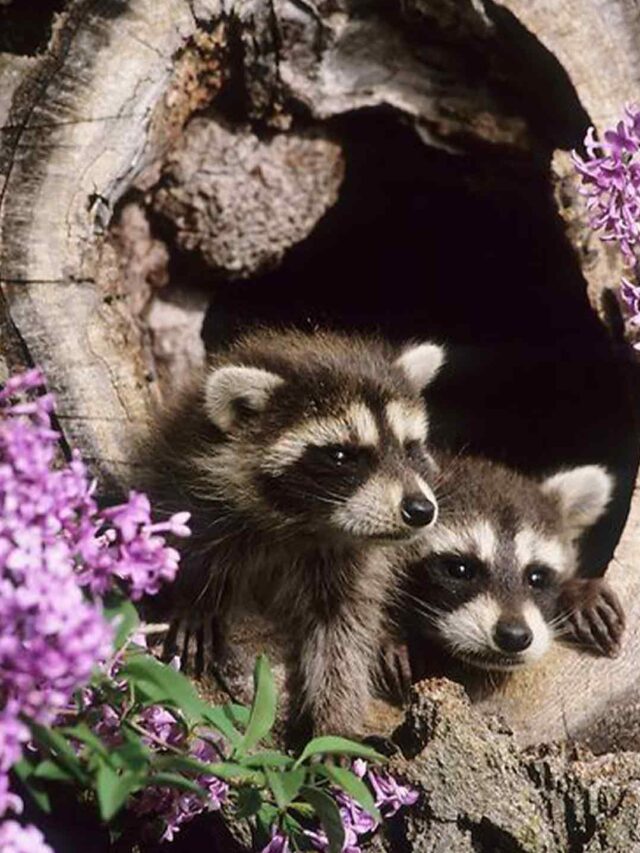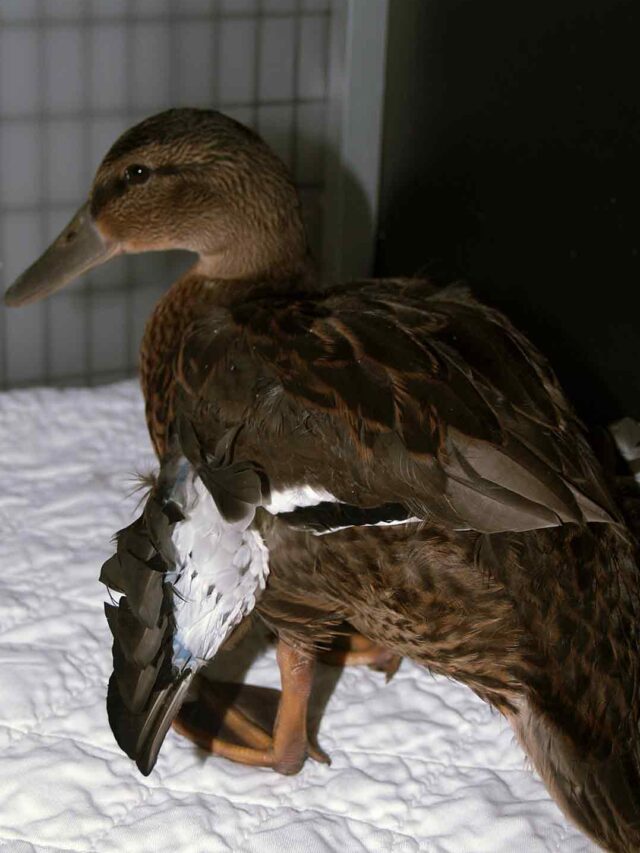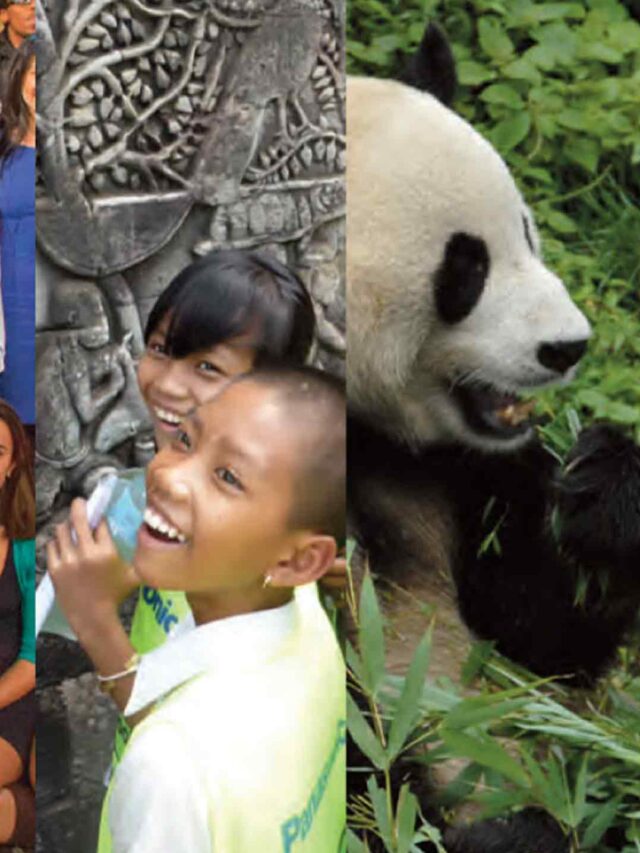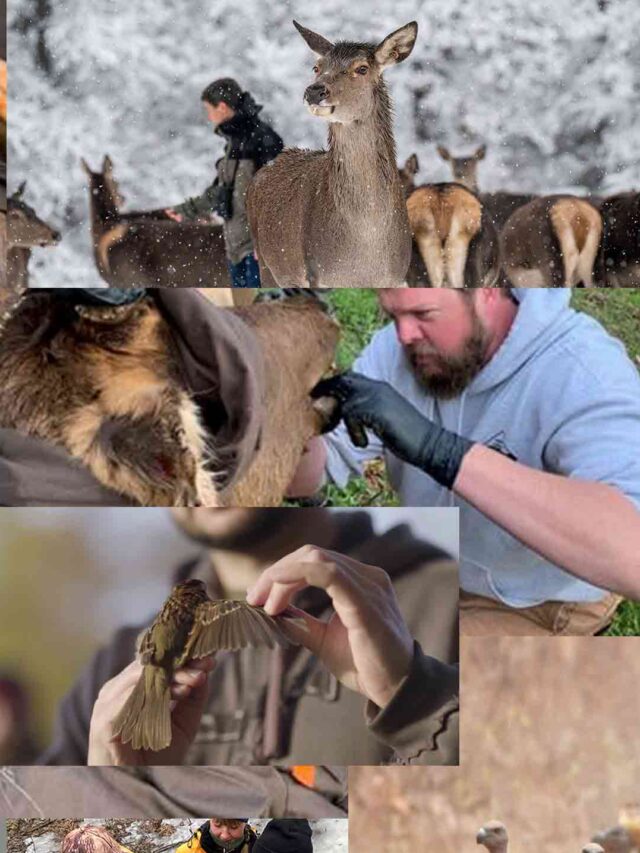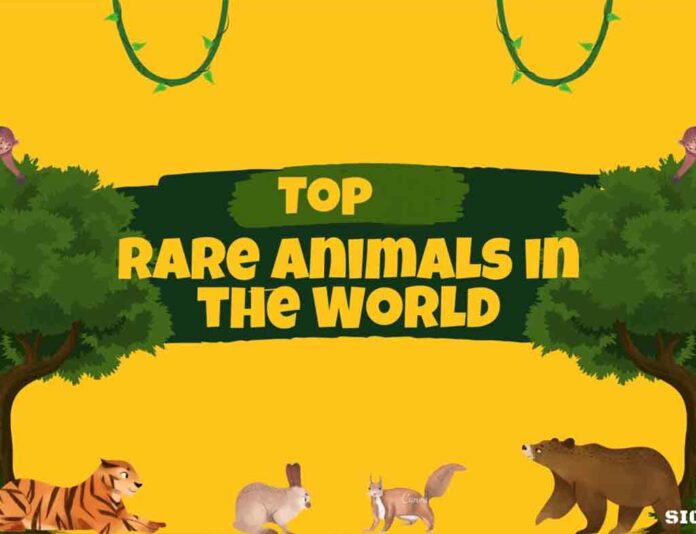
Table of Contents
World’s Most Rare Animals
Nature is a treasure trove of diversity, with millions of species inhabiting our planet. Among them, some stand out for their rarity, captivating us with their unique features and compelling stories. In this article, we’ll delve into the world of the most rare animals, highlighting their beauty, significance, and the threats they face.
Criteria for Rarity
The term “rare” can encompass various factors, including population size, geographical range, habitat specificity, and threat status. For the purposes of this article, we’ll focus on animals that are rare due to their dwindling populations and high risk of extinction.
Pangolin: The World’s Most Trafficked Mammal
Pangolins are often referred to as the world’s most trafficked mammal and World’s Most Rare Animals prized for their scales in traditional Chinese medicine. These elusive creatures are covered in tough, overlapping scales made of keratin, which they use for defense against predators. Despite their protective armor, pangolins are highly vulnerable to poaching and habitat loss, making them critically endangered.
Vaquita: The Smallest and Rarest Porpoise
The vaquita, also known as the “panda of the sea,” is the world’s smallest and rarest porpoise, found only in the northern Gulf of California. With fewer than 10 individuals remaining in the wild, the vaquita is on the brink of extinction due to bycatch in illegal gillnets used for fishing the endangered totoaba fish.
Saola: The Asian Unicorn
The saola, also called the “Asian unicorn,” is a rare,World’s Most Rare Animals and elusive mammal native to the forests of Laos and Vietnam. With its long, tapering horns and striking appearance, the saola is often likened to the mythical unicorn. Sadly, habitat loss, hunting, and the threat of snaring have pushed this unique species to the brink of extinction.
Javan Rhino: A Critically Endangered Species
The Javan rhinoceros is one of the rarest large mammals on Earth, with only around 70 individuals surviving in the wilds of Indonesia’s Ujung Kulon National Park. Poaching for their horns and habitat destruction have decimated Javan rhino populations, leaving them teetering on the edge of extinction.
Amur Leopard: The Rarest Big Cat
The Amur leopard, native to the temperate forests of Russia and China, is one of the most endangered big cats in the world. With fewer than 100 individuals remaining in the wild, the Amur leopard faces threats such as poaching, habitat loss, and fragmentation.
Philippine Eagle: A Majestic Bird on the Brink
The Philippine eagle, also known as the “monkey-eating eagle,” is one of the largest and rarest eagles in the world, endemic to the forests of the Philippines. Habitat destruction, hunting, and illegal pet trade have pushed this majestic bird to the brink of extinction, with only a few hundred individuals left in the wild.
Spix’s Macaw: A Tragic Tale of Extinction
Spix’s macaw, famously known as the inspiration behind the movie “Rio,” is now considered extinct in the wild. Native to Brazil, this striking blue parrot fell victim to habitat loss, illegal trapping, and smuggling for the pet trade. Efforts are underway to reintroduce captive-bred individuals back into their natural habitat.
Angel Shark: Elusive Deep-Sea Predator
The angel shark, also known as the monkfish, is a rare and elusive species of shark found in the depths of the Atlantic and Pacific Oceans. With their flattened bodies and camouflaging colouration, angel sharks are perfectly adapted to ambush their prey on the ocean floor. However, overfishing and habitat degradation threaten their survival.
Pygmy Three-Toed Sloth: A Unique Island Dweller
The pygmy three-toed sloth, found exclusively on the tiny Isla Escudo de Veraguas off the coast of Panama, is one of the rarest and most unique sloth species in the world. With a population of fewer than 100 individuals, this adorable arboreal mammal faces threats from habitat destruction and human encroachment.
FAQs about the World’s Most Rare Animals
-
What causes animals to become rare?
- Animals can become rare due to a variety of factors, including habitat loss, poaching, pollution, climate change, and invasive species.
-
How can I help protect rare animals?
- You can help protect rare animals by supporting conservation organizations, practicing sustainable living, spreading awareness, and advocating for policies that promote wildlife conservation.
-
Are all rare animals endangered?
- Not all rare animals are necessarily endangered, but many face threats to their survival due to human activities and environmental changes.
-
Can rare animals be bred in captivity to increase their numbers?
- Captive breeding programs can play a crucial role in conserving rare animals and restoring their populations,

